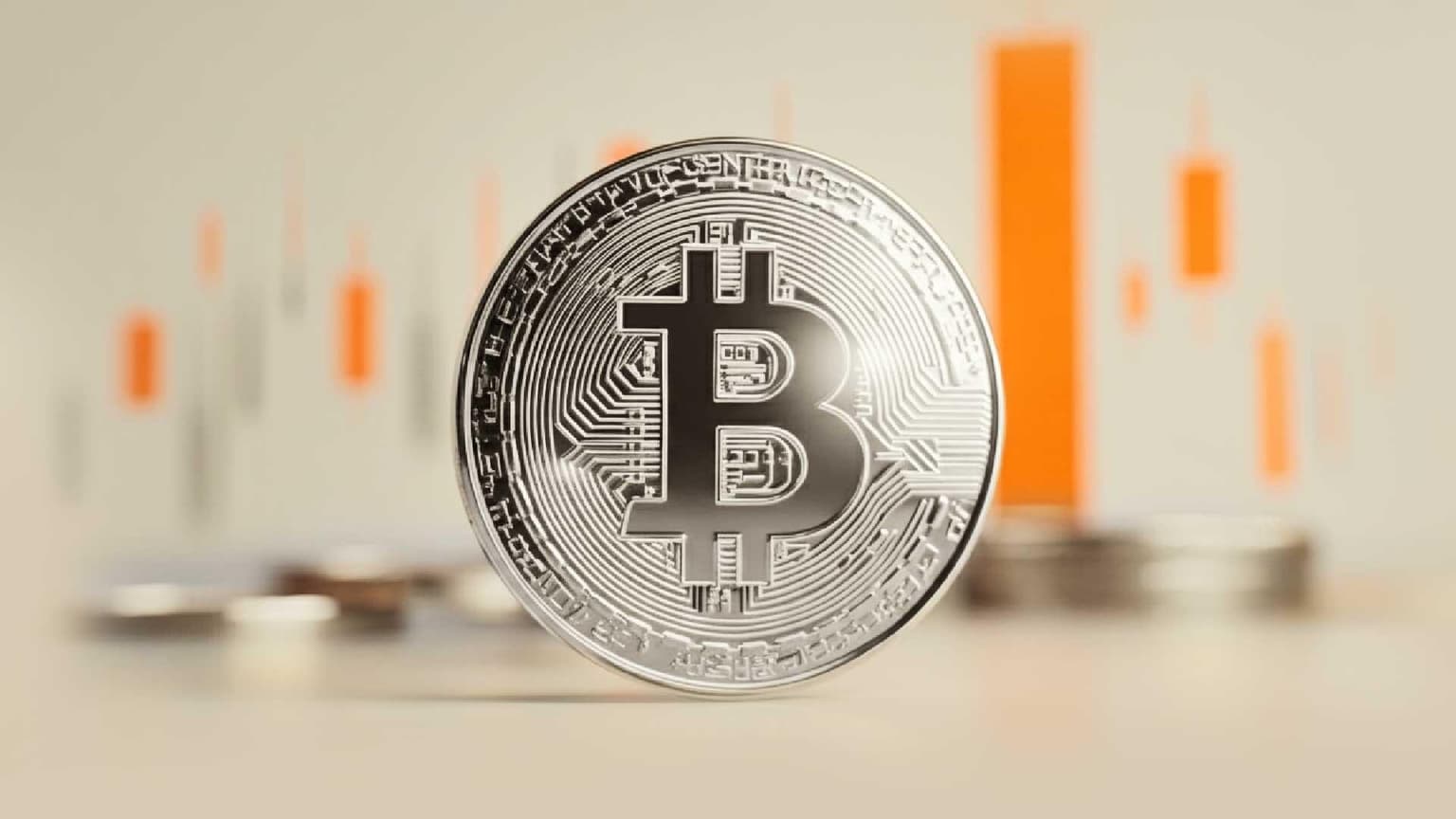Bitcoin holds at 59K as macroeconomic indicators remain in flux

Bitcoin started last week in free-fall after shedding $367 billion in value before giving back some of the losses later that day. The cryptocurrency saw a massive drop in the wake of a disappointing July jobs report that cast a long shadow over the U.S. economy. The report revealed a meagre increase of 114,000 jobs and a rise in unemployment to 4.3%, triggering a wave of concern among investors and economists, with many now calling for swift and decisive action from the Federal Reserve.
Markets have since rebounded slightly. The Nasdaq closed the week in green, climbing back above $18,500, while Japan’s Nikkei 225 gained 15% since last Monday’s lows. Bitcoin has followed this upward trend, recovering from its initial dip and holding steady at around $59,000. But there may still be bumpy weeks ahead. A key reason for these bearish markets is fear of a slowdown in the US economy that may lead to a recession. This has caused a contagion of pessimism among investors with many investors adopting a wait-and see approach.
Bitcoin's recent surge back above $60,000, while signalling its resilience, also highlights a concerning trend: its growing correlation with traditional markets. This shift deviates from cryptocurrency's original intent.
Cryptocurrency was conceived as a decentralised entity, free from the influence of any central authority. It was envisioned as an alternative financial system and investment asset, immune to the vulnerabilities of traditional markets. This vision held true to a certain extent before 2017, during the initial phase of cryptocurrency adoption. Research from 2018 confirms this, demonstrating that cryptocurrency markets were relatively isolated and "decoupled" from traditional ones.
Over time, cryptocurrencies have become increasingly intertwined with the broader financial system, losing their once-vaunted immunity to volatility from traditional markets. The recent behaviour of Bitcoin, mirroring the movements of the Nasdaq and Nikkei 225, provides clear evidence of this growing interconnectedness.
Research into Bitcoin's response to US interest rate announcements further solidifies this connection. The study found that the intensity of the cryptocurrency's reaction to monetary policy news is influenced by its specific function. Cryptocurrencies primarily used for financial transactions, such as Bitcoin, exhibit a strong response to the Fed's announcements. This sensitivity stems from their heavy usage in transactions, making them susceptible to shifts in consumer demand and the overall economic climate.
Macroeconomic indicators remain in flux
Examining the derivatives market can provide insights into Bitcoin's potential future price movements. The funding rate for perpetual futures, a popular derivative among retail traders, has remained relatively stable and low, suggesting a neutral market sentiment. While there have been brief periods of negative funding rates, indicating a bearish bias, these have been short-lived, implying a lack of confidence among sellers to push the price below $60,000.
Source: Coinglass
Analysing stablecoin demand in China offers additional clues about market sentiment. A premium above the official US dollar rate for stablecoins typically indicates high demand from retail investors, while a discount usually signals fear and a desire to exit the market.
Source: OKX
The demand for stablecoins in China also dropped on August 7th, suggesting less interest in buying cryptocurrencies. This is a change from the previous two days, when there was high demand as traders tried to protect their investments after a market crash.
Potential market stimulators
On the bright side, Spot ETFs could offer some upside hopes in due time with Morgan Stanley advisors now offering Spot Bitcoin ETFS. The firm is a $1.3 trillion asset manager, embarking on offering the ETF to over 15,000 financial advisors, another indicator of BTC investment products growing and providing more on-ramps to liquidity towards the asset.
Another positive development is Russia legalising Bitcoin and crypto mining, a big move for BRICS nations. The move will reportedly enable cryptocurrencies to be traded on native blockchain platforms. This move could lead to increased demand for Bitcoin from Russian citizens and businesses, as they can now legally participate in the market potentially driving up the price.
The Trump factor could also play a role as we get closer to the U.S elections. Donald Trump Jr. took to X (formerly Twitter) to tease a "huge" upcoming announcement related to cryptocurrency. Investors will have an eye on the developments in the U.S election to see how markets react to a potential Trump win.
Technical analysis: Key price points to watch
At the time of writing, Bitcoin is holding at the $59,000 support area. A decisive move below that level could see prices test the $54,000 psychological support level, a further move down could find support at the $50,930. Buyers on the other hand, could encounter a resistance wall at the $62,000 mark with a further up move potentially being stopped at the $66,000 mark.
The weekly chart presents a bearish narrative at first glance with red candles indicating sell pressure dominance. The RSI pointing down towards 30 hints at a potential reversal from the previous uptrend before the crash. If prices hold above the 100-day moving average, however, it could indicate that the previous uptrend before the crash could hold.
Source: Deriv MT5
Author

Prakash Bhudia
Deriv
Prakash Bhudia, HOD – Product & Growth at Deriv, provides strategic leadership across crucial trading functions, including operations, risk management, and main marketing channels.







